The Anatomy of a Perfect 80s Power Ballad
More Than a Feeling: The Formula for an Epic Power Ballad
The 80s power ballad is more than just a slow song. It's a journey. It’s a carefully crafted piece of musical theater designed to take you from a quiet, vulnerable whisper to a massive, stadium-sized emotional release in under five minutes. As a songwriter who came of age in that era, I have a deep appreciation for the artistry behind these epic tracks.
They weren't just thrown together; they followed a brilliant formula. Today, I want to pull back the curtain and deconstruct the anatomy of a perfect 80s power ballad—the "how and the why" these songs became the timeless anthems we still love today.
Ingredient 1: The Quiet Beginning (The Hook)
Nearly every great power ballad begins with a moment of quiet intimacy. It’s often just a single instrument—a gentle piano, a clean electric guitar, or a synthesizer pad. Think of the iconic piano intro to Journey’s “Open Arms.”
This isn't just a slow start; it's a strategic invitation. It creates a sense of vulnerability and draws the listener in, making them lean closer to hear the story that’s about to unfold. The vocals are soft, almost conversational. This is the foundation upon which all the drama will be built.
Ingredient 2: The Emotional Build-Up (The Tension)
This is where the story starts to gain momentum. Around the end of the first verse or heading into the first chorus, the other instruments begin to enter. A simple bassline comes in, the drums start with a soft, steady beat.
The vocalist’s delivery gets a little stronger, a little more urgent. You can feel the emotion starting to swell. This build-up creates a powerful sense of tension and anticipation. The song is making a promise: something big is coming.
Ingredient 3: The Soaring Chorus & The Guitar Solo (The Release)
This is the moment everyone is waiting for. The chorus explodes with huge, layered vocals, crashing cymbals, and a melody that you can’t help but sing along to. It's the emotional peak of the song, where the singer lays all their cards on the table.
And then comes the signature of the genre: the guitar solo. It's not just an instrumental break; it’s the wordless climax of the story. It’s the wail of a heart breaking or the scream of a triumphant declaration of love. It’s pure, raw emotion translated through an electric guitar.
Putting It All Together: A Personal Example
When I went into the studio to record my New Dimensions album, I wanted to create a bigger, more contemporary sound. I had the honor of working with producer Bob Wilson of Seawind, and we leaned heavily into this power ballad style on two key tracks: “True Love” and “A Love Song For You.”
Both songs feature all the classic elements we've talked about, from the build-up to the guitar solo. But what I remember most is the vocal work. Bob had me sing every single part on those tracks and the whole LP—the lead, the harmonies, all the layered background vocals. In those days, before digital tools, a singer had to "stack" each vocal track manually, matching every layer with absolute precision. It took a lot of time and skill, but it's how we built that massive, soaring sound you hear in the chorus of a song like this one.
The 80s power ballad is a masterclass in musical storytelling. It’s a formula that has been copied for decades, but rarely with the same heartfelt sincerity of its golden era.
What's your favorite power ballad of all time? I'd love to hear about it in the comments.
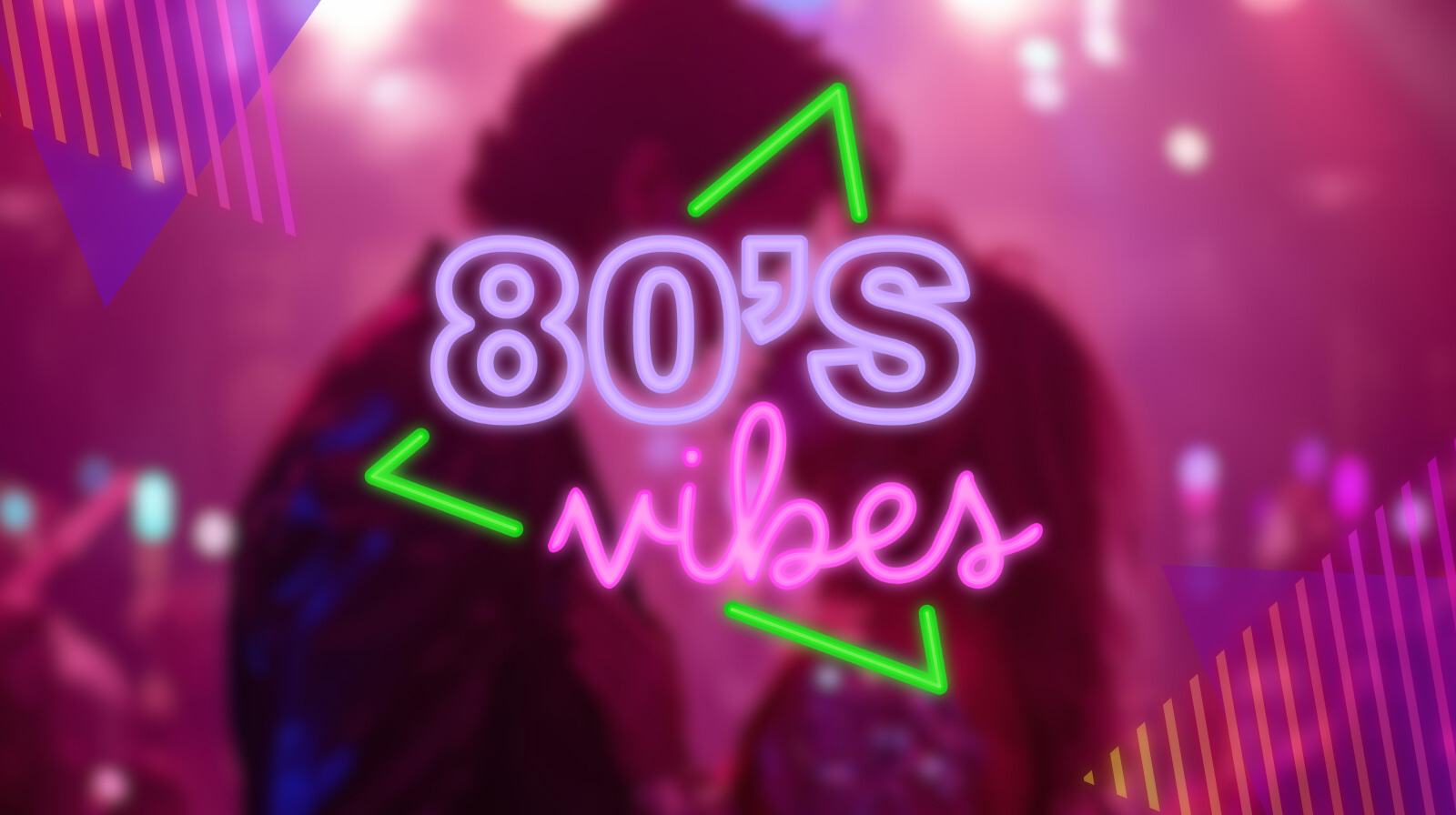


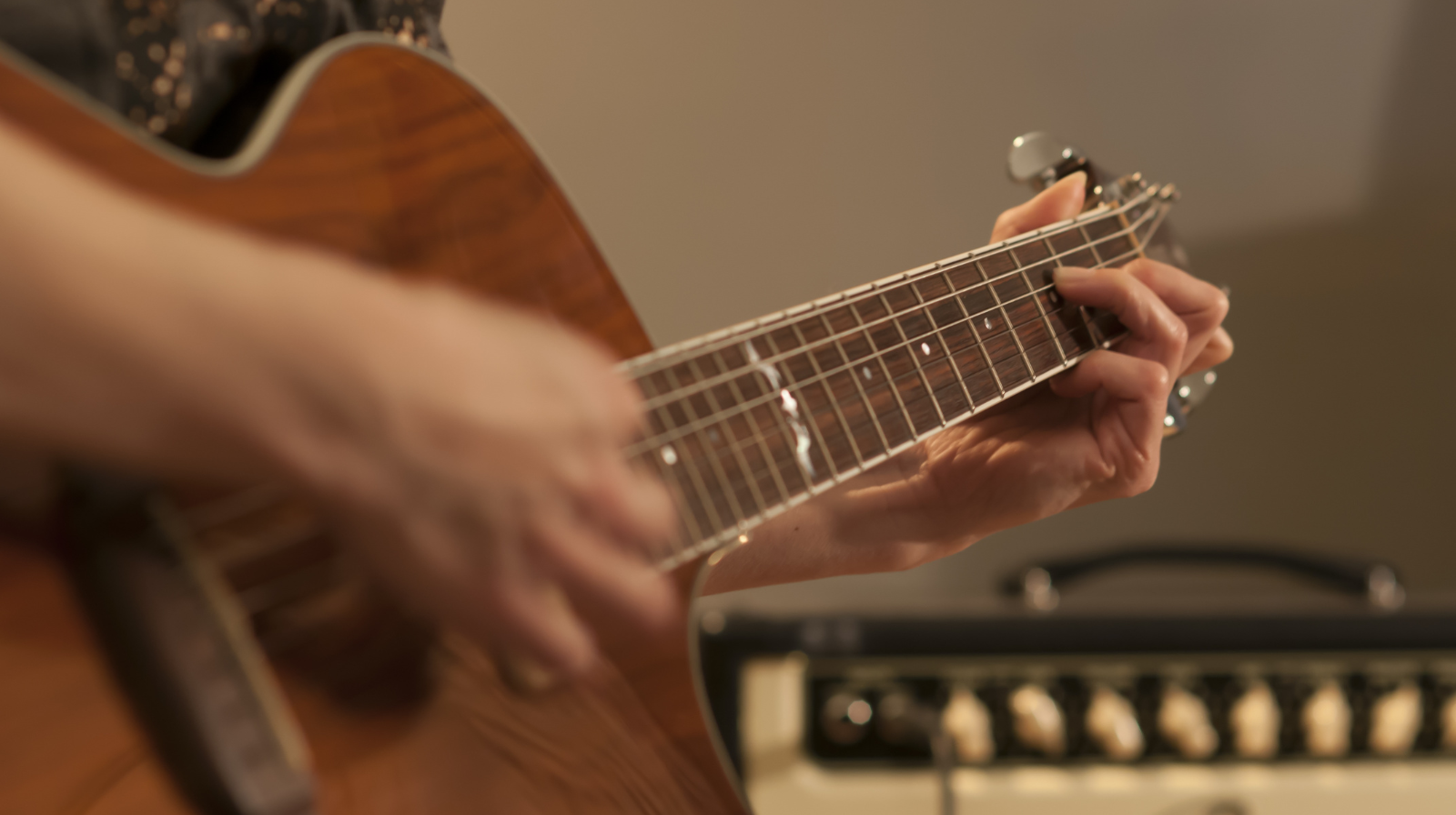

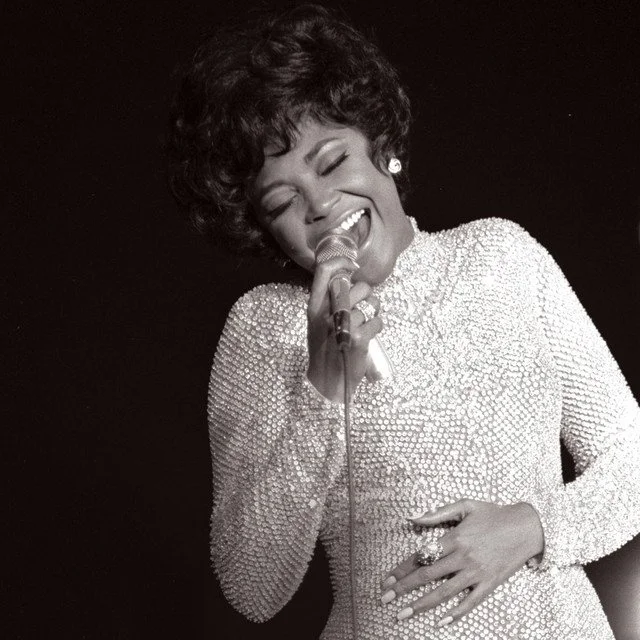
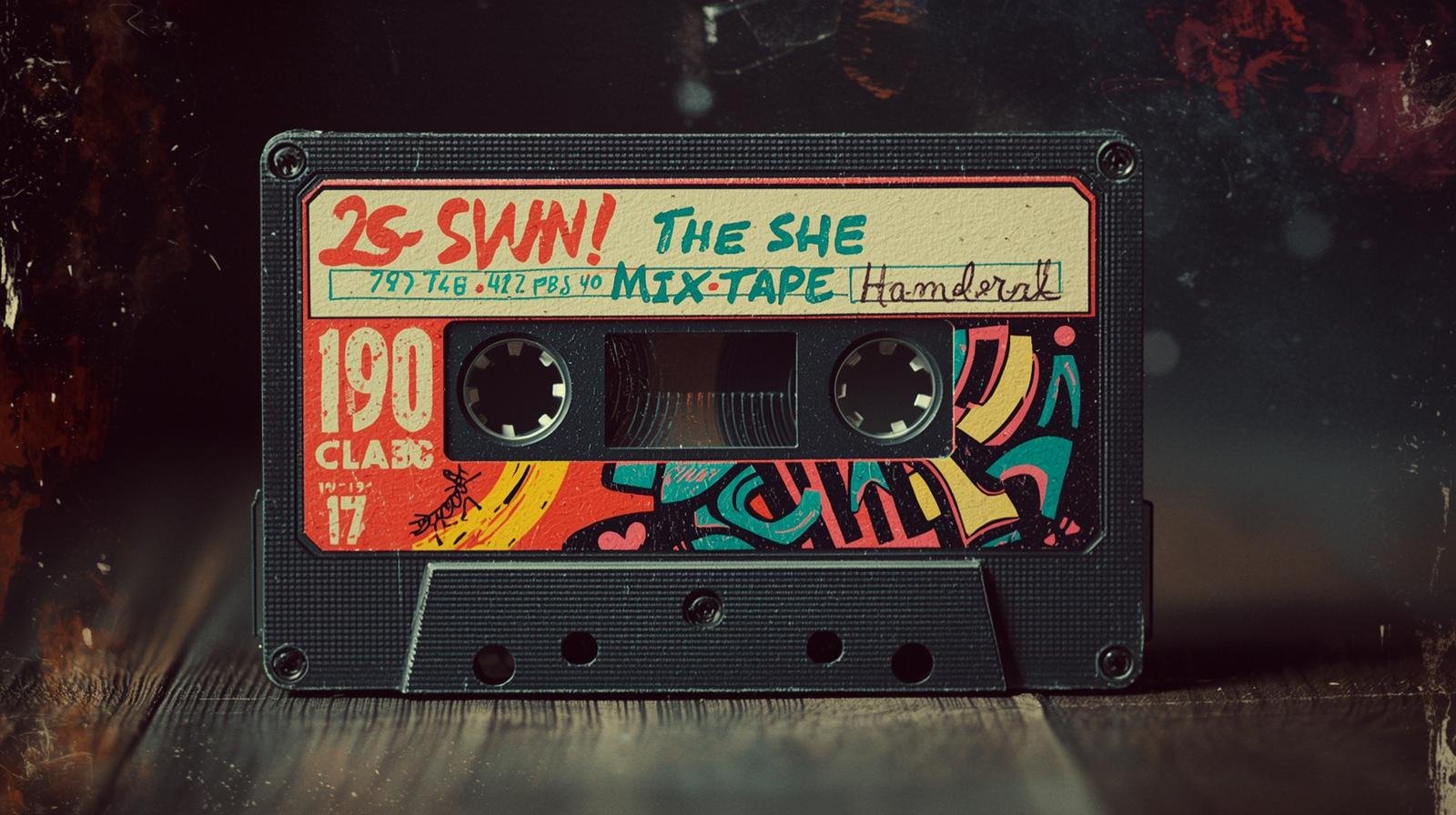


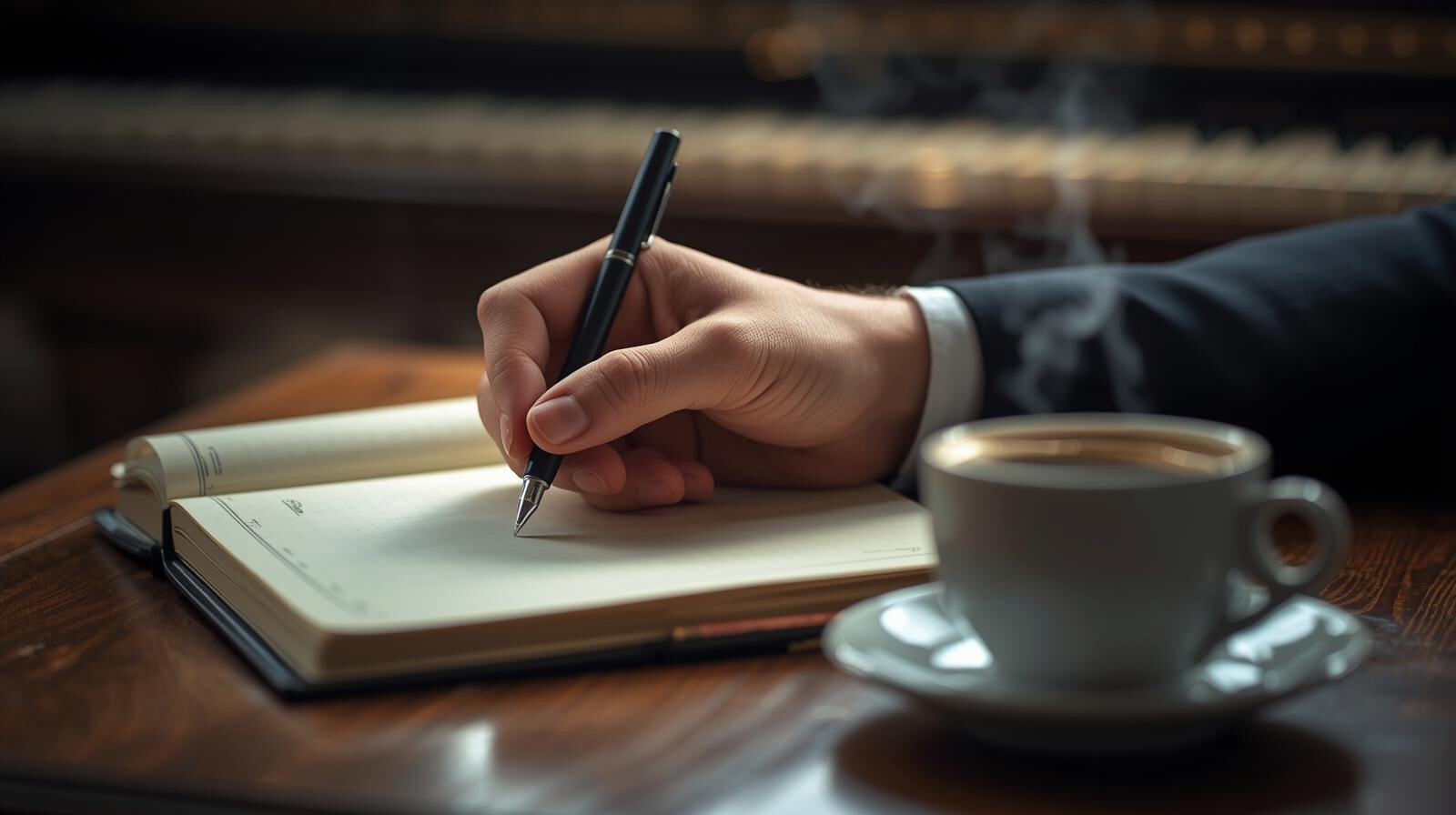
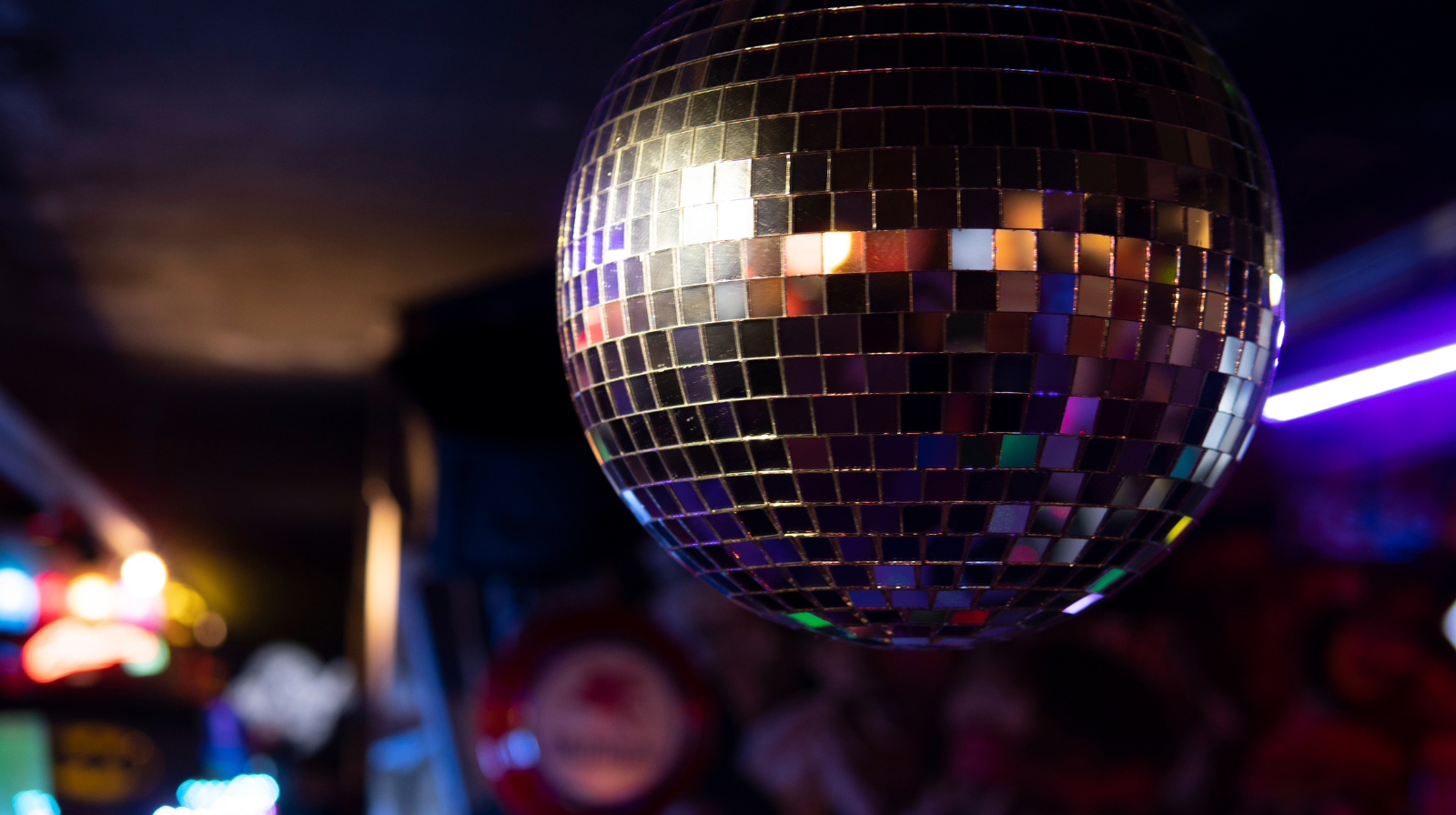

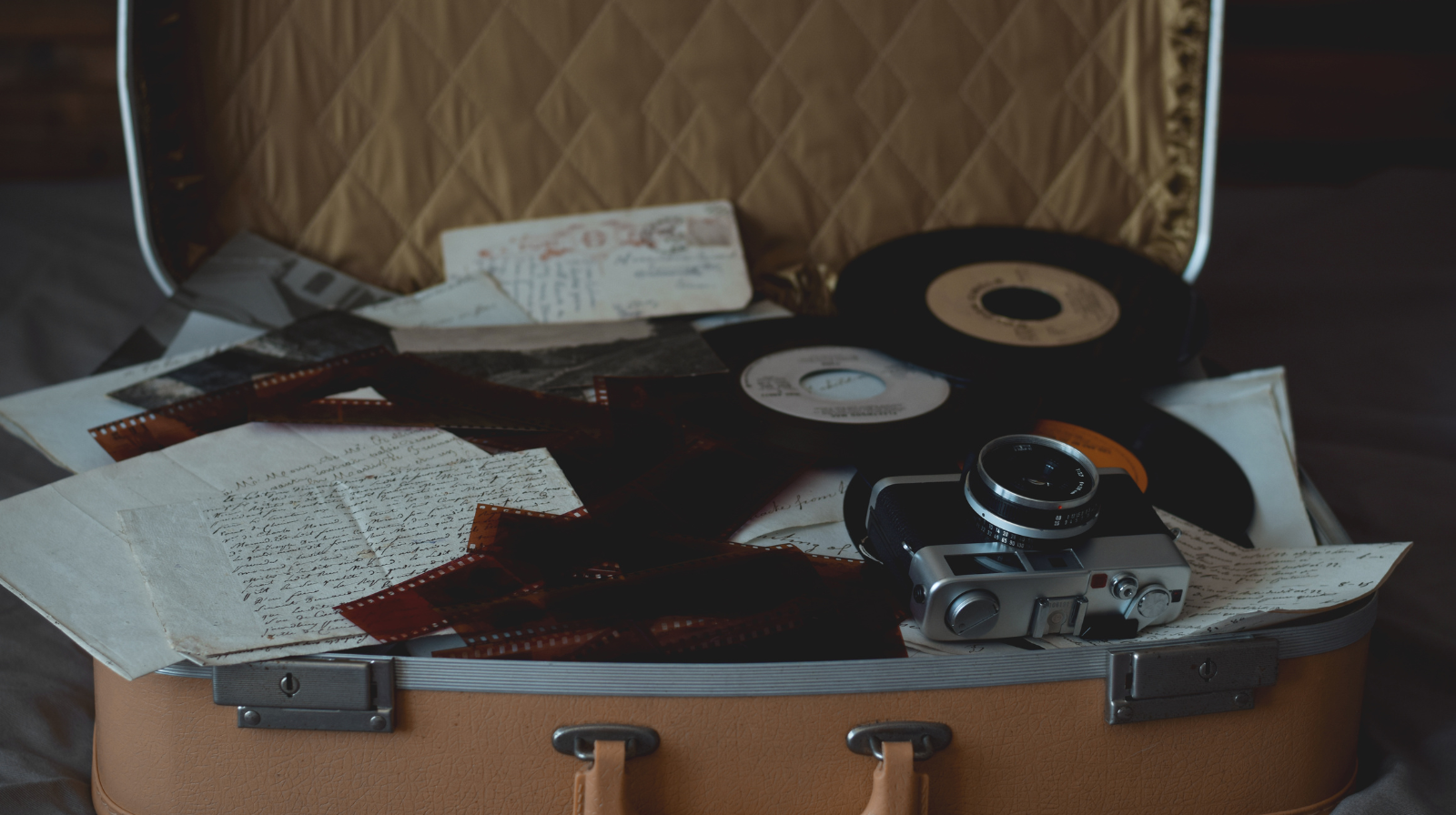


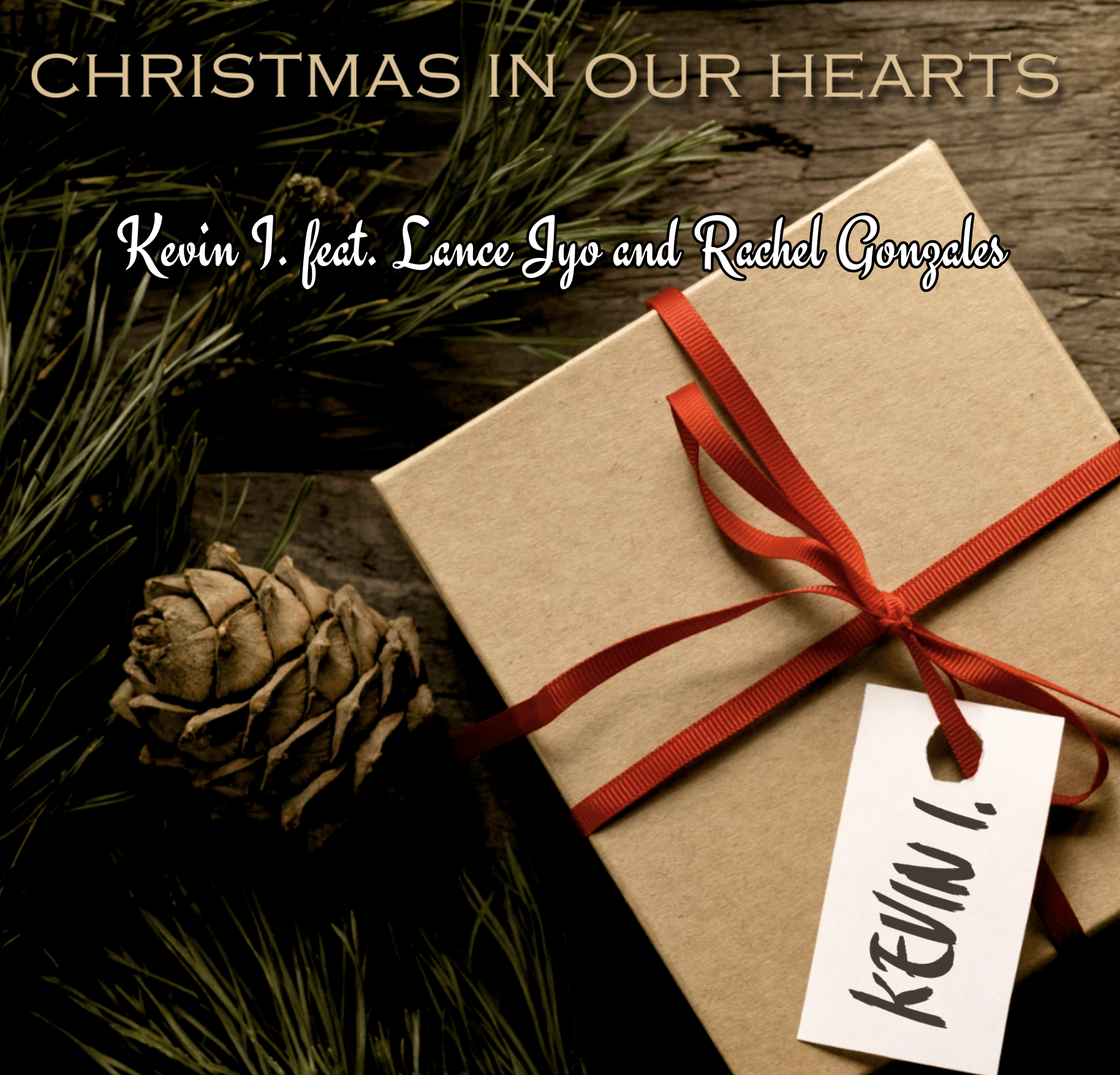
Stuck on a song? Veteran songwriter Kevin I. shares personal strategies to break through writer's block, from collaboration to stepping away.